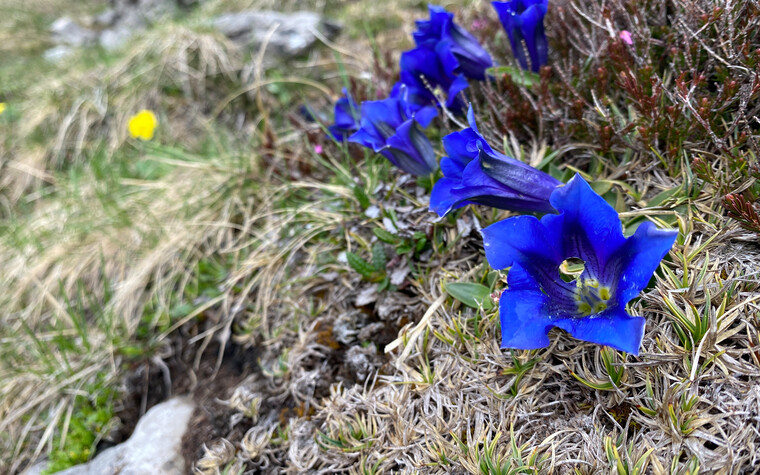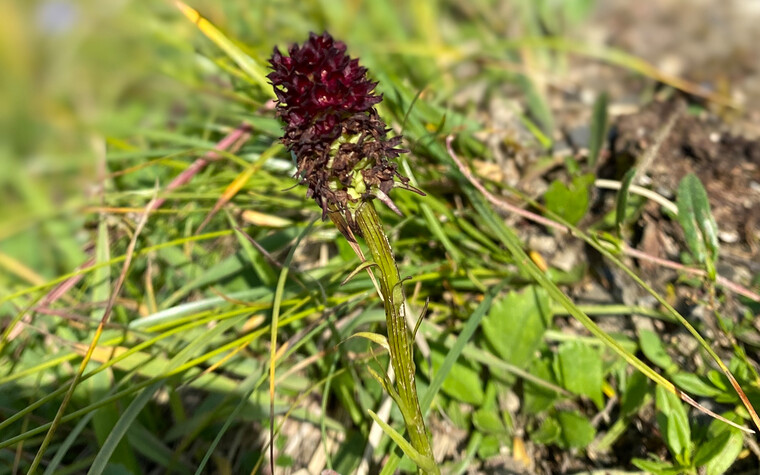

Flowerpower: Alpine Flowers from A-Z
When we are out and about in the Walser nature, we inform ourselves about our route, the weather, the conditions and which peak we want to climb next. But what about the flora that surrounds us on our hike?
When I plan a hike, I look for the nearest peak, check the weather beforehand and familiarise myself with the conditions of the tour. Since I moved here, I don't yet know the names of all the mountain peaks in Kleinwalsertal. That's why I try to memorise the name and appearance of my destination before every tour. Of course, also to impress friends and acquaintances a little when they visit me in Kleinwalsertal. ?
With the project "Experience nature consciously", however, I have noticed that I have not yet actively engaged with the animal and plant world that surrounds me here. Sure, I follow the rules for a conscious and respectful interaction with nature in order to protect animals and plants. But which animals and plants are these anyway? In the future, I want to be more attentive to my surroundings on hikes & am already diligently trying to learn. Do you feel the same way? Below we have compiled some basics of the Walser flora for you.
The Alpine Flower Trail on the Walmendingerhorn is also highly recommended for your first insights into the alpine flora. Or how about going on a walk with our experts? Finally, it is important to emphasise that many of the plant species in Walser nature are protected - please do not simply pick them off. With suitable apps or a plant diary in which you stick pictures, you can admire the colourful blossoms long after your holiday is over. ?












Share page...
...and tell others